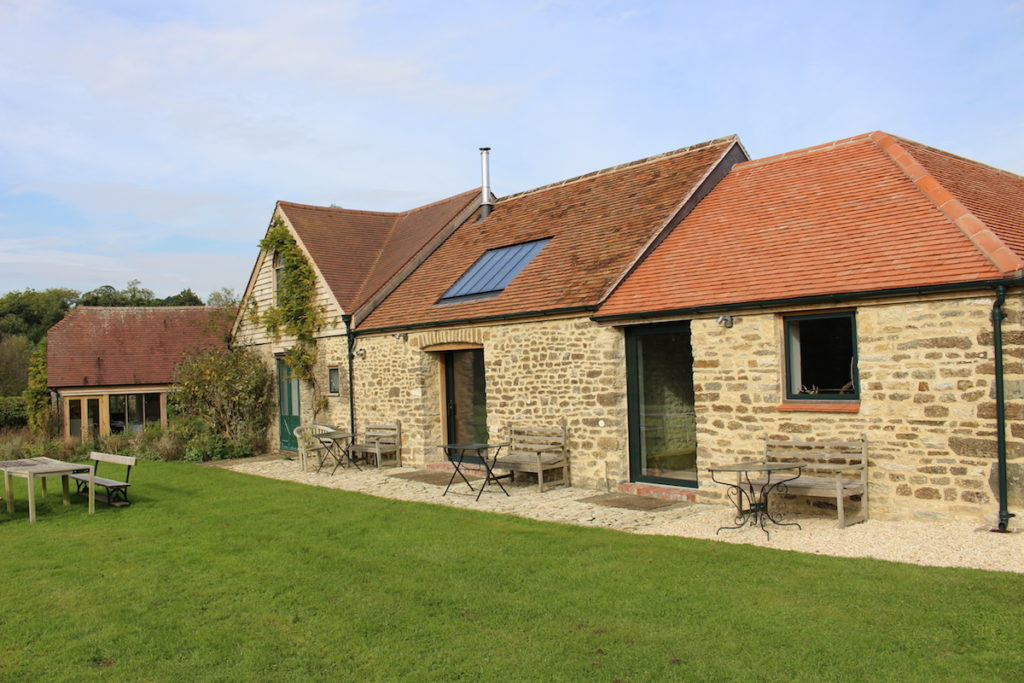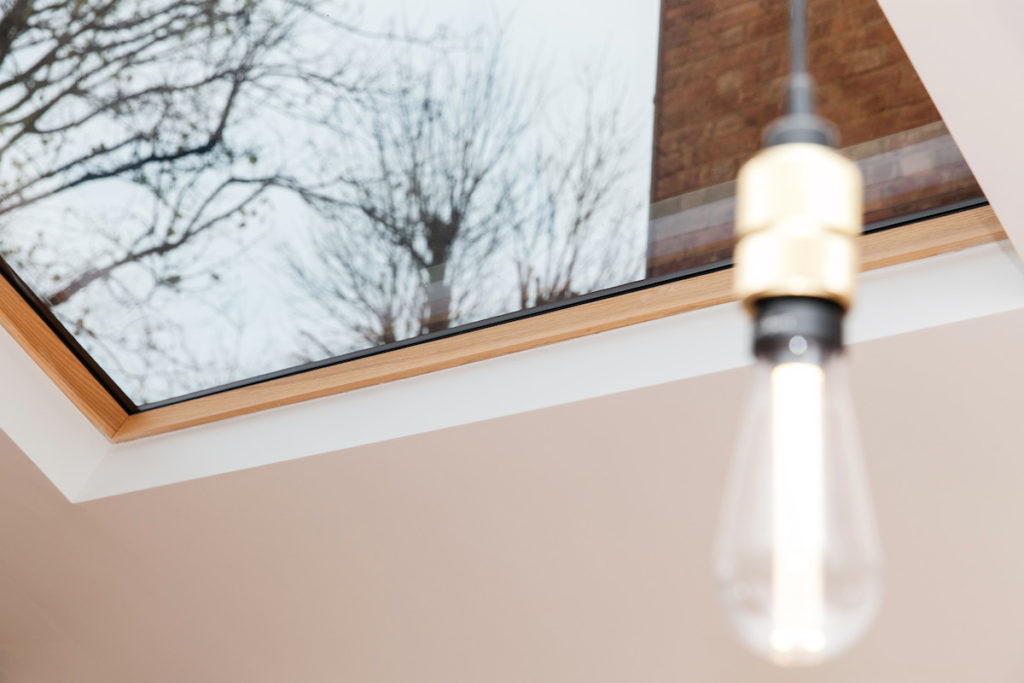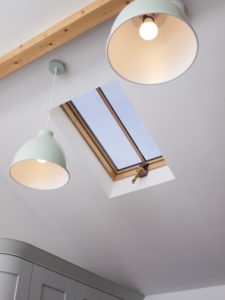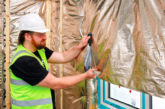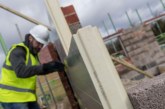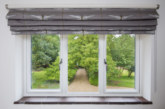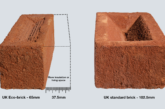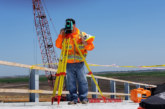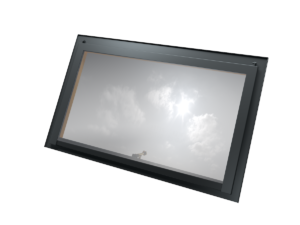 Paul Trace from Stella Rooflight offers some guidance on the thermal performance (U-values) of rooflights and what to look out for in the specification process.
Paul Trace from Stella Rooflight offers some guidance on the thermal performance (U-values) of rooflights and what to look out for in the specification process.
One of the most important elements of modern building materials is thermal performance, measured in terms of heat loss and commonly expressed as a U-value or even sometimes as an R-value. The products used in the build are normally required to be tested and a figure for each component given. One example of where this is an essential requirement is rooflights.
Thermal transmittance is measured in units of W/m²K which stands for Watts/meter square Kelvin. It is worth noting that it’s not just the building materials and products that have an impact on the thermal performance of a building, as both workmanship and installation standards can strongly affect the thermal transmittance.
Thermal transmittance takes heat loss due to conduction, convection and radiation into account. The amount of heat conducted through a material of a given volume, in a unit of time i.e. the rate of conduction is why the units are measured as W/K.
There are guidelines in the UK, set out in Building Regulations Approved Document Part L, that give the maximum U-value that materials and structures are allowed to have in a range of buildings, including domestic properties. It sets a national standard to ensure that homes must be built to a certain performance level of energy efficiency for both the reduction of carbon emissions and the reduction of residents heating bills.
A U-value is one of the most difficult thermal measurements to calculate and so it is important that any figures are produced using reliable software from a bona fide source. When it comes to rooflight suppliers providing U-value figures for their products, it is not inconceivable that figures get a little massaged so it is always best to ask for a copy of the test performance report to ensure that a) the figures are genuine and b) the figures were produced in the correct way.
Despite them being used in their millions across the country, you might be surprised to find out that there is no specific test for a rooflight. Instead, rooflights are tested to BS EN ISO 10077-1:2017, which is a thermal performance test for windows, doors and shutters.
So does this actually matter? Well, actually yes it does because most rooflights cannot be used in the same way as windows and this will result in a change to the U-value. For example, the pitch of the roof will change the thermal performance of your rooflight. However, the testing of rooflight performance is based on either a vertical (above 60̊) or horizontal (0̊) pitch. Both of these positions are usually outside the maximum and minimum pitch that manufacturers recommend for these products.
There is quite a bit of difference in the U-values given to rooflights at both ends of the scale. For example, our own Stella rooflight can achieve a U-value of 1.5 W/m²K in the horizontal position but this improves to 1.1 W/m²K when used above 60 ̊. Now when you ask most companies what the U-value is for their rooflight which figure do you think you will be given? This is why it is important to either ask for both figures or to request data to support the figures quoted.
The design of a rooflight is also critical to the thermal performance. Most modern rooflights are produced from thermally broken aluminium, which is then clad internally with wood to provide very good U-values. Whilst making the frames more thermally efficient, this approach also makes them chunky, often resulting in them sticking several inches above the roofline and providing poor frame to glass ratios. It is not uncommon for some rooflight frames to make up over 40 per cent of its overall size, which ultimately means 40 per cent less light entering a building.
One of the easiest ways to lower a U-value on a window or rooflight is to increase the thickness of the glazing. A decent double glazed unit will give a centre pane value of 1.0W/m²K and a triple around 0.5W/m²K. Then of course there are some that offer quad glazing, which reduces this figure further. However, it should also be noted that by reducing the U-value in this way, you will be significantly increasing the weight of the product, the cost and also the depth of the rooflight profile.
If you are working on a Listed Building or in a Conservation area then you will require a conservation rooflight design, which should sit completely flush with your roofline. If you are looking to use quad glazing or modern bulky rooflights to improve thermal performance then this will most certainly be to the detriment of the building’s aesthetics.
There are a few exceptions relating to the thermal requirements in certain buildings and it is always a good idea to take professional advice.
In conclusion, despite the fact that the testing methods for obtaining a rooflight’s thermal performance could do with an overhaul, a U-value figure is very important when both choosing products and in the overall construction of your property. The lower the figure the more thermally efficient a product or building is and this can contribute to reducing heating costs and ultimately helps in the fight against global warming.
It is also important that the figures provided are genuine and it is advisable to request proof that U-values being quoted are not only correct but are applicable for the application that you are using that product. Nowhere is this more important than rooflights because of the current way in which these products are tested.


